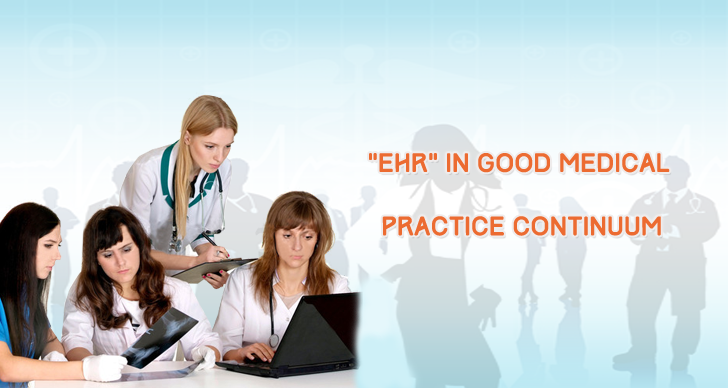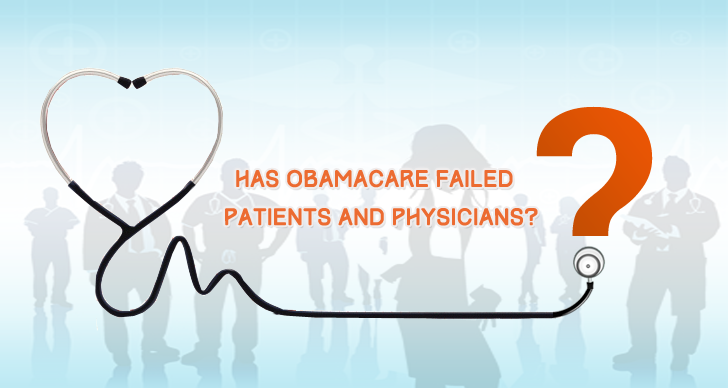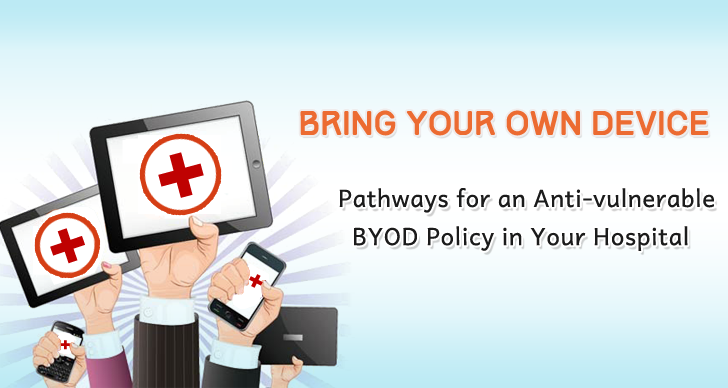EHR templates and why it makes little sense to work with them!
EHR templates are getting a lot of bad press. They are being blamed for poor documentation and reduced patient engagement.
Template generated notes are reducing patient data into a series of boxes to be ticked and blanks to be filled out.
At the end of the day, relying on templates is not just lazy documentation, but can also have a negative impact in the medical decision making process.
Missing the forest for the trees…
Point and click templates consume a lot of time thanks to the extensive output they generate. Information that has no clinical relevance, unnecessary, redundant data leads to note bloat. And a frustrated physician who cannot find what was documented during the patients’ previous visit. Cloned notes and upcoding add another layer of complexity to an already complex tale.
Templates that are not well designed can be hazardous to patient health & if overused can cost lives. The death of a patient in Manhattan, due to a template that limited information and narrowed down diagnostic choices, is an example of how hazardous templates can be. Instead of being comprehensive and informational, most EHR templates are complicated and of little use.
Which box do I tick?
There is another more dangerous charge thrown at EHRs. It is that they limit the physician’s ability to think and interfere with open diagnostic thought.
Improper diagnosis poses several medical-legal problems for medical practices.
Structured and inflexible data inputting options can put medical practices at risk.
Less rigid data platforms that give physicians enough space to explore varied diagnostic and treatment, plans and options are the need of the hour.
Limiting and cumbersome!
In a better world EHR templates will give physicians easy access to healthcare information, reduce data entry tasks and increase patient engagement. But going by the number of people complaining and riling against EHRs, most EMR systems leave a lot to be desired.
Going back to paper?
Several medical practices use paper records to document regularly performed procedures, patient history and progress notes.
It is impossible for EHR vendors to create a unique template for every single disease or medical condition.
And that is why it is essential that physicians do not depend blindly on their templates’ parameters and work within its framework.
Customizing EHRs according to the patient population, treatment options and the most commonly performed procedures, of a medical practice. Can trim the fat, save up on time and lead to better medical decisions.









